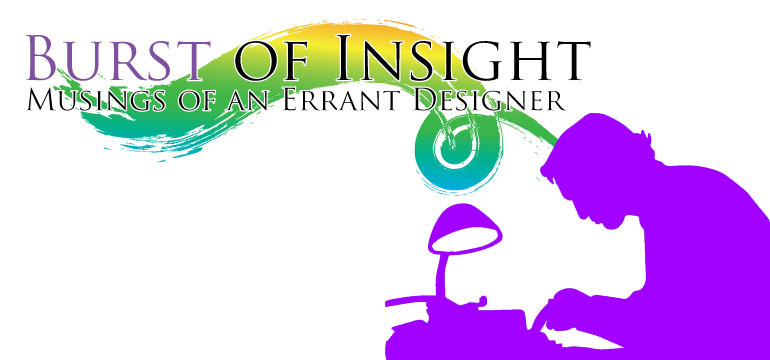It has never been cooler to play RPGs than it is right now. This is due to several factors beginning with the mainstream acceptance of geek and nerd culture but it doesn’t end there. Vocal celebrity support of the hobby and the D&D’s brand placement in major media such as Stranger Things have also made D&D and roleplaying in general cool. As the hobby has grown in popularity we’ve found new ways to experience it. Players no longer have to wait for their next session to experience the thrill of sitting at the table and rolling dice Instead we can tune into games broadcast on Twitch, YouTube, and as podcasts on iTunes.
A newer one of these actual plays is a Geek and Sundry show featuring Deborah Ann Woll as the GM called Relics and Rarities. Now as a part of the opening of each adventure the PCs gather on the set of the Relics and Rarities shop before moving to the game table. Deborah in the role of the shopkeeper who gives them their missions invites the players to pick out a magical item from specially tagged items scattered about with the other curios in the shop. Once a player makes a selection the shopkeeper explains the basic powers of the item in natural language rather than game terms.
This approach really intrigued members of my regular gaming group and we began discussing how we might use this or something like it at our game table in the future.
Obviously, we’d need a campaign premise that like R&R would give the PCs reason to get a briefing before every adventure from a patron who could outfit the PCs with something interesting before each new adventure. In Golarion that sort of set up would align nicely with the Pathfinder Society. But there are a number of stories that could work with this starting structure.
Once we discussed a number of campaign hooks we discussed a couple of ways this might be employed mechanically in a campaign. One option was for the GM to custom design everything in advance and just issue an item to each PC. This was probably my least favorite method as it felt more like Q and James Bond and almost requires the GM to make each item relevant to the adventure at hand. Another option could be for the GM to describe what’s in the store to the group and let the players react to the descriptions and select what they want but this could be more slow and confusing than I care to think about.
The option I prefer is to actually use props. If you have a curio shop worth of trinkets you could leave those about the room or as I’m inclined to do lay out a number of Paizo’s Item Cards on the table. Players can then choose from the cards presented. I’m inclined to put out about 1.5 to 2 cards per player. I suggest just laying them out on the center of your table.
For narrative purposes, you might set each one down on an index card that tells the players where in the shop the item is located. If you really want to get tricky you might “obscure” one or two of the items requiring a low to mid-DC perception check to notice the item. You could simulate this by writing a DC on the back of the index card and tucking the item card under the inverted Index card.
If the scene you are setting up is particularly cluttered you might even put multiple items on one location so that as the players are looking at the images they actually have to rummage through other item cards. A GM might instead of having specific locations “mapped out” might just randomly shuffle the cards into a similarly sized deck of playing cards and ask players to sort through the stack.
No matter how you execute getting the props to the players how do you decide what the items do? Personally, for some of it, I’d use existing low-cost items. For others, I’d eyeball cool powers of small utility.
Examples:
A wand of light with 5 charges but as an added bonus if the light created by the wand illuminates a magical item, anyone within 10 feet of the illuminated item may make a Perception Check DC 15 to notice the item’s aura as if detect magic had been cast within the last round. Additional time spent looking at an illuminated magic item yields no further information.
A pair of boots that once per day while making an Acrobatics or Climb skill check allow you to roll two d20s and take the best result.
A ring that while worn shrinks the wearer 2 size categories but bestows a temporary negative level until removed. The wearer would be killed at any time by this negative level the ring ceases to work automatically restoring the character to normal size. Note hit point loss even with a character’s reduced hit points does not end the ring’s effects.
A good source for some low powered magical items I’m planning to reference is the Loot 4 Less series from Rogue Genius Games. Then as my characters become more powerful better items will ultimately begin to make their way into the player’s hands.
I should note that no matter what method you use to add these items to your game. You should treat the unused items like James Bond’s gadgets from Q and limit the items the players have access to. It’s best if each adventure the magic items go back to the patron and new items can be selected.






